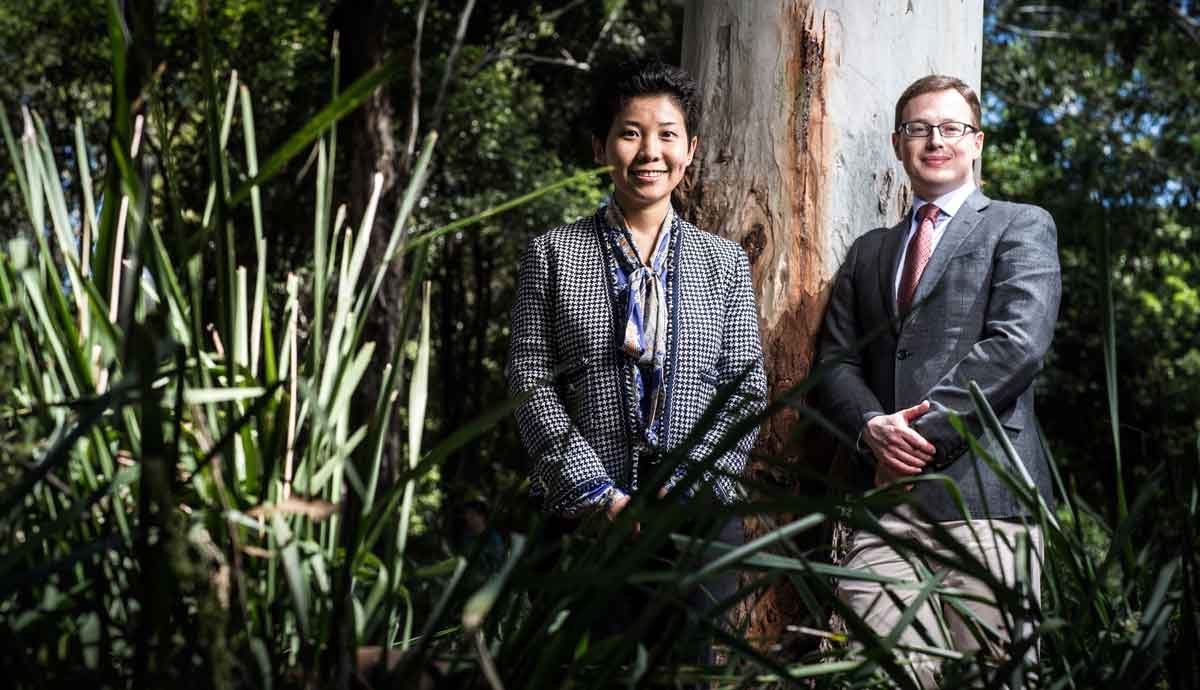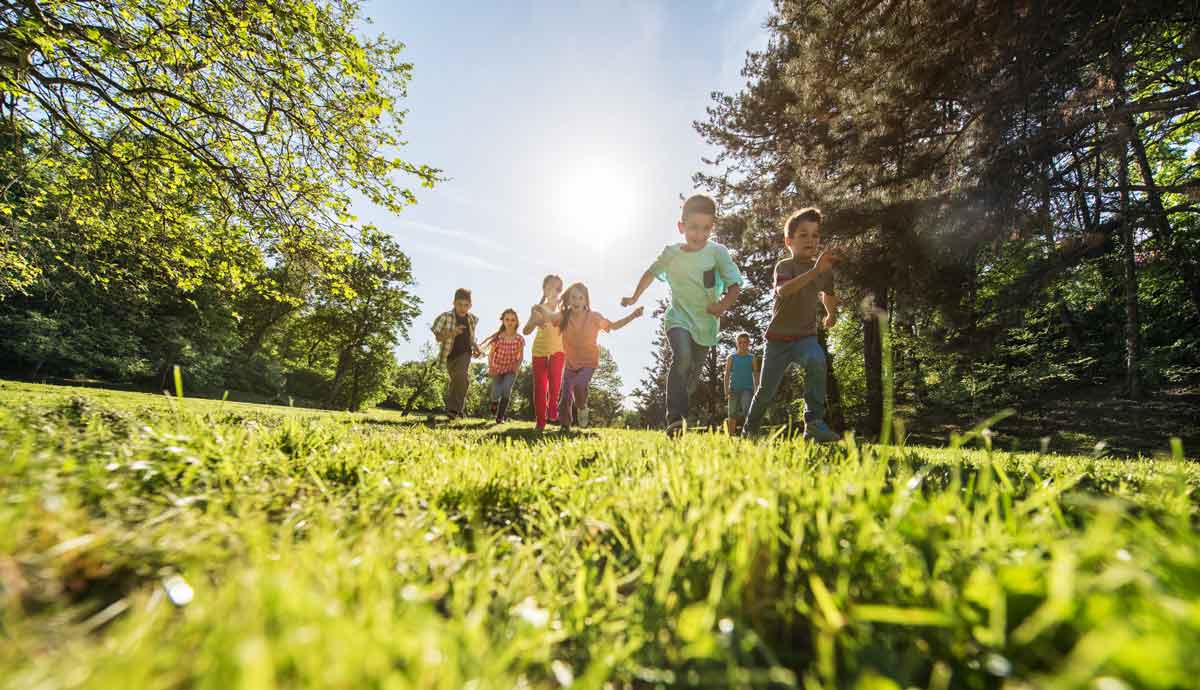September 15, 2017
More quality green space in Australian cities supports healthier children
Setting aside at least one fifth of urban land for quality parks and green space could help promote better mental health among children.
The results were from a new study, being delivered by the University of Wollongong (UOW) in partnership with Hort Innovation, set out to examine the relationship between mental health across childhood in relation to local green space availability, such as parks, sporting fields and reserves.
While prior work examined child mental health in relation to green space quantity, researchers Dr Xiaoqi Feng and Associate Professor Thomas Astell-Burt, Co-Directors of the Population Wellbeing and Environment Research Lab (PowerLab) in the University’s Faculty of Social Sciences, are the first to publish work focusing on the quality of green space and tracks how it shapes child mental health over time.
“Our findings underline the importance of urban greening strategies that include family-friendly parks where parents feel comfortable letting their children play outdoors and have contact with nature within our cities,” Dr Feng said.
The researchers examined mental wellbeing in relation to local green space quantity and quality in close to 5,000 children who were aged between 4 and 5 in 2004 and followed up every two years thereafter, drawn from the national study, Growing Up in Australia, the Longitudinal Study of Australian Children.
Child mental health was measured using the internationally regarded Strengths and Difficulties Questionnaire, providing insights into changes in emotional states, such as stress and anxiety, and behavioural problems, ranging from lack of concentration to impulsiveness. It was measured over multiple time points as children aged.

Land-use data from the Australian Bureau of Statistics within suburbs ranging in size from 3,000 to 25,000 people was used to measure the quantity of local green space.
The quality of local green space was determined by a survey of parents, asking them to respond to a statement about there being “good parks, playgrounds and play spaces in this neighbourhood”, allowing the parent to decide if the green space was of good quality for their children.
“As our cities increase in density, new very large green spaces may be challenging to create. However, our study shows that even a modest amount of green space is good for the mental health of our children,” Dr Feng said.
The study found that between 21 and 40 per cent of residential land-use allocated to green space may be an optimal amount for promoting child mental health, but the quality of this green space increases in importance as they age.
Associate Professor Astell-Burt said improvements in quality are more attainable in locations such as inner-city areas.
“Australian cities are expected to become more compact and this increasing density may threaten the existence of some green spaces, or prohibit the development of new larger ones.
“We need to be pragmatic and know not only if more green space is better, as a lot of studies now show, but also if smaller but higher quality and better connected green spaces gets the same or even superior mental health benefits.”
“In some areas, green space allocation may be concentrated into one large centrally located park whereas in other areas, a patchwork of many smaller green spaces may be more feasible.
"In our future research, we will be investigating if these scenarios and others help to activate specific mechanisms that link green space with mental health, such as opportunities for restoration, physical activity, social cohesion and shelter from heat.”
Hort Innovation Chief Executive John Lloyd said the research will help a move towards evidence-based, data-driven decision making to promote healthier built environments that advance population wellbeing.
“This is an exciting project as it not only arms the nursery and turf industry with more information on which to make recommendations, and has the capacity to positively impact Australian urban planning decisions.”
The research was published recently in the American Journal of Preventive Medicine.
This study is being funded by Hort Innovation as part of its Green Cities Fund, a national initiative looking at the role of horticulture and green space in the future of Australian communities.
The work is part of the Greener Cities Healthier Lives project, being delivered with co-investment from the University of Wollongong Global Challenges Program.
